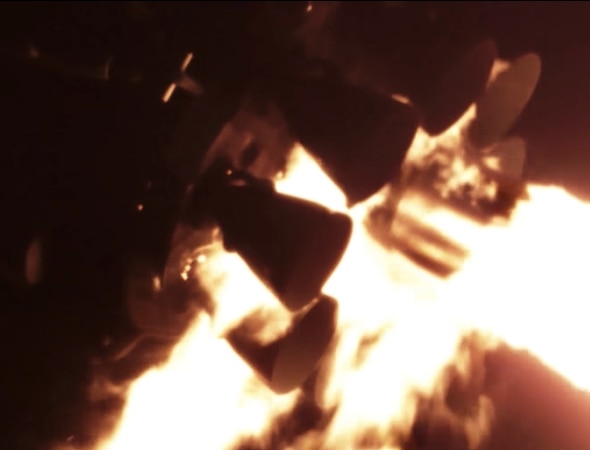Create a free profile to get unlimited access to exclusive videos, sweepstakes, and more!
Super Slow-Motion Beauty of SpaceX Rockets

Every now and again, I think, everyone can use a little eye candy. In this case, though, it’s more than that: It’s also hope for the future. Watch this high-speed footage of SpaceX rocket launches and landings, and see what the future looks like now.
So cool.
The first part shows the launch, booster separation, and landing of the first stage booster from the launch on May 4 of the Japanese communication satellite JCSAT 14 on a Falcon 9 rocket. The odd fireworks display in that section of the video is the interplay between the plumes from the first and second stages as they separated.
The landing of this particular booster was a big deal: Although it was the third successful landing (and the second at sea), it was the first time it was done from a launch designed to put a satellite into a geosynchronous orbit, which is much higher off the Earth than a low orbit, and required a higher than usual velocity. Landing this booster was therefore particularly difficult, and marked a big milestone for the company.
The next landing seen in the video was an even bigger milestone: It was the first successful vertical landing of a Falcon 9 first stage booster, accomplished on Dec. 22, 2015, (it was Dec. 21 Eastern time) for the ORBCOMM-2 launch.
I love that part of the footage. The booster used one of the nine Merlin engines to slow its descent, and you can clearly see the single engine burning while the other eight are dark, the dance of the flames playing over them as its blown back up toward the rocket’s back end.
The final part of the video shows the first stage rocket landing back at Cape Canaveral after launching a Dragon capsule to the International Space Station on the CRS 9 mission, launched on July 18. Again, you can see the single engine burning as the booster lowers itself to the pad. The landing legs are folded up during launch, and are deployed on the way back down; you can see the unscorched sections of the booster showing where they were stowed until needed at landing.
Even though the footage is shot in high speed and therefore looks like it’s in slow motion, I suggest playing it back at 0.5 or even 0.25 times the normal speed (on YouTube, click the gear icon on the lower right, then change the speed setting). You can clearly see the play of the flames and the detail of the rocket engines. It’s really astonishing.
SpaceX is getting very, very good at landing the first stage boosters, and has been test-firing them to see how they might perform when reused. This will lower the cost of launch by a large margin, making access to space much cheaper. I’ll add that Blue Origin, Jeff Bezos’ rocket company, has made several suborbital launches and landings with the same rocket, and will be soon attempting orbital launches with a next generation rocket. Several other companies (like Sierra Nevada and Boeing) are also on their way to making spacecraft that will eventually be used to carry supplies and people into space.
The future. We are very nearly in it.


























